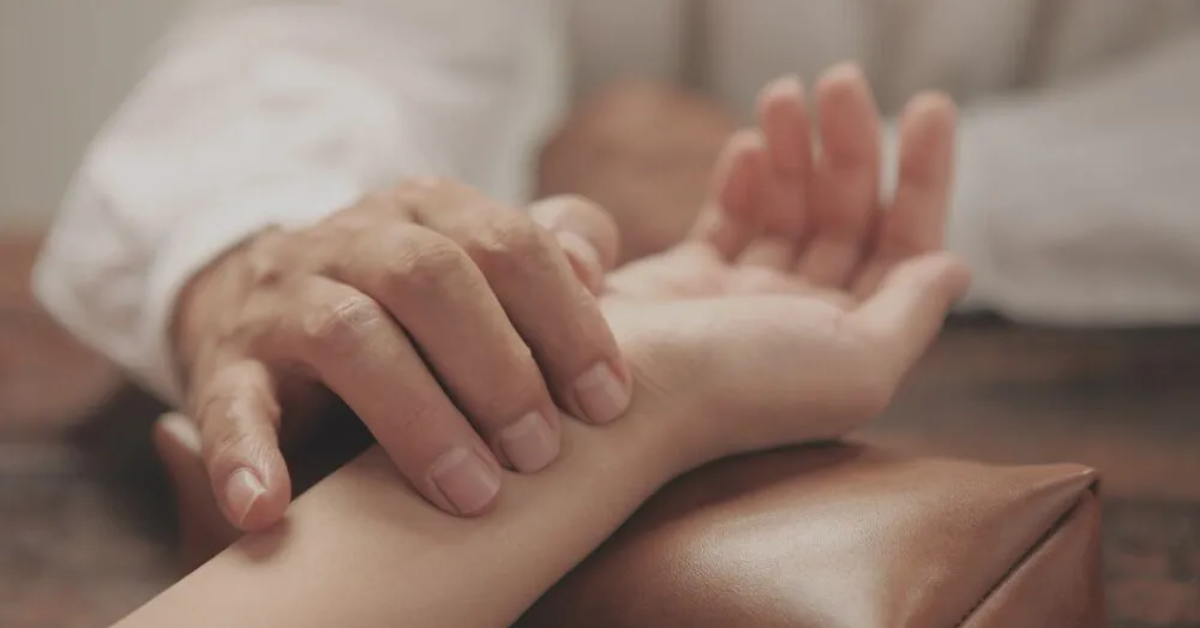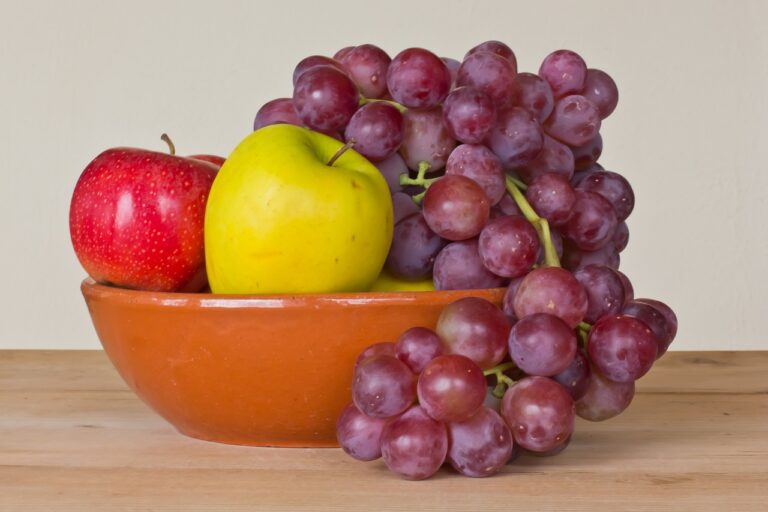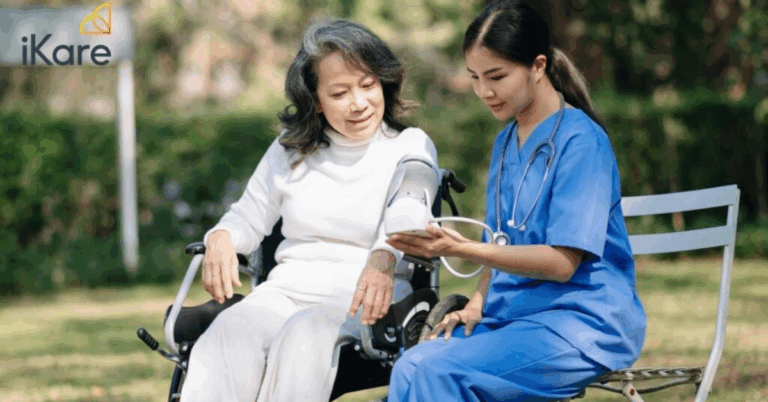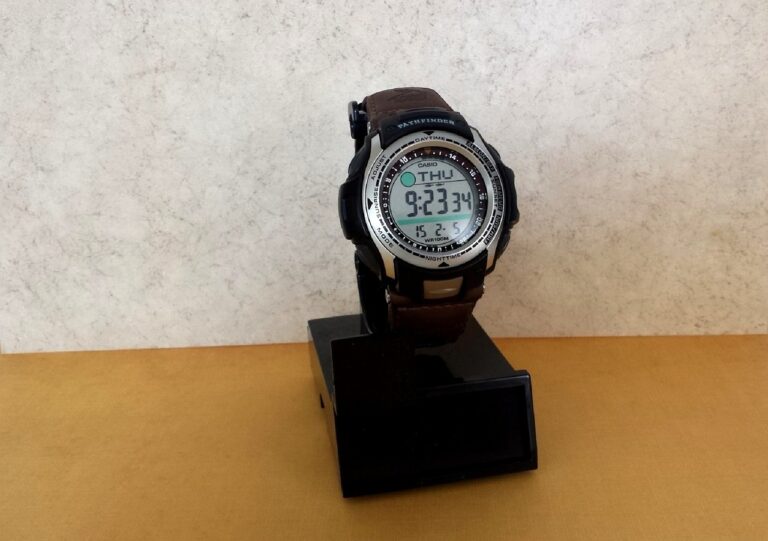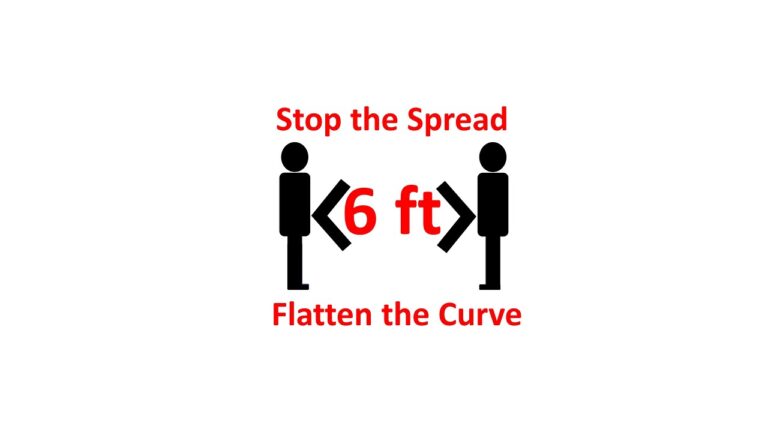Revitalising Body & Mind: The Power of TCM Tuina Singapore
In the heart of Singapore’s bustling wellness scene, the therapy known as TCM Tuina Singapore is increasingly capturing the attention of health-conscious individuals seeking more than just a typical massage. This therapeutic approach, rooted in the age-old principles of traditional Chinese medicine (TCM), offers a specialised blend of manual techniques designed to restore balance, ease physical tension, and enhance overall well-being. For many locals and expatriates alike, it represents a deeply holistic option one that addresses the body’s energy pathways (qi), musculoskeletal stress, and lifestyle-driven fatigue in one session.
Understanding What Tuina Is
Derived from the Chinese words “tuī” (push) and “ná” (grasp), the therapy frequently referred to simply as “Tuina” (推拿) applies a range of manual manipulations—pressing, kneading, rolling, stretching, and acupressure to the body’s soft tissues, joints and meridians.
Unlike a conventional spa massage that primarily aims at relaxation, Tuina is focused not only on relieving muscle tension but also on unblocking stagnated energies and restoring internal balance.
In the Singapore context, many clinics offering TCM Tuina emphasise that this form of therapy aligns with TCM’s foundational aim: to promote smooth circulation of both qi and blood, thus enabling the body to self-regulate more effectively.
Why TCM Tuina Is Gaining Popularity in Singapore
There are several interlocking reasons why TCM Tuina has become a favoured therapy in Singapore.
1. Cultural Resonance:
With a strong Chinese heritage in Singapore, TCM enjoys high public familiarity and trust. As a component of TCM, Tuina naturally draws interest from those who value traditional healing methods.
2. Holistic Health Trend:
Modern urban life in Singapore often means long hours at desks, high stress levels, less movement and disrupted sleep. In this environment, therapies that treat the body as an interconnected system (rather than only isolated parts) become very attractive. Tuina’s philosophical grounding in balance and holistic restoration ticks that box.
3. Effective Pain & Tension Relief:
From stiff shoulders and necks (common among office workers) to lower back discomfort from prolonged sitting, many Singaporeans turn to Tuina because it offers a non-invasive way to relieve musculoskeletal strain. The lasting relief—rather than just temporary relaxation is a key draw.
4. Broad Scope of Application:
Beyond musculoskeletal issues, Tuina is marketed as helpful for a variety of conditions including digestive issues, insomnia, stress and even certain respiratory concerns. Its versatility adds to its appeal.
5. Accessible and Regulated:
In Singapore many TCM clinics are well-established and the profession is regulated, which helps build patient confidence. The combination of traditional methods with modern clinic settings also helps position Tuina as a credible option.
How a Typical Session Works
If you decide to try a Tuina session in Singapore, here’s what generally unfolds:
-
Initial consultation: The practitioner evaluates your condition, listens to your concerns, asks about lifestyle, bodily sensations, and may take your pulse—just like in standard TCM practice.
-
Therapy phase: You will lie fully clothed or in loose clothing on a treatment couch. The therapist uses various manual techniques—pushing along meridians, kneading muscles, stretching limbs, applying targeted pressure at acupoints.
-
Focus on energy flow and joint/muscle mechanics: The session may target not just muscles but also joint mobility and energy channels. Techniques aim both to relieve physical tension and unblock qi stagnation.
-
After-care advice: Post-session, you may be advised to stay hydrated, avoid cold environments, take it easy for a bit. Some mild soreness or “healing response” is normal, as your body adjusts.
Key Benefits of TCM Tuina
Here are some of the core benefits touted by practitioners and clinics offering Tuina in Singapore:
-
Relief of muscle tension and joint stiffness. The manual manipulations loosen tight tissue, improve flexibility and promote mobility.
-
Improved circulation of blood and qi. By stimulating meridians and acupoints, the therapy helps clear energy blockages and enhance internal flow.
-
Holistic wellness and stress reduction. Beyond physical relief, many users report feeling calmer, sleep improving and sense of well-being elevated.
-
Support for chronic and recurring conditions. For persistent issues such as back pain, neck problems, or sports-related strains, regular Tuina may help manage and gradually reduce flare-ups.
-
Complementary to other treatments. Because it is non-invasive and focuses on structural and energetic factors, Tuina often complements treatments like acupuncture, herbal therapy, physiotherapy or chiropractic care.
Who Can Benefit and Who Should Be Cautious
Ideal candidates:
-
Individuals with musculoskeletal discomfort (stiff shoulders, backache, joint tension)
-
Anyone feeling high stress, sleep disturbances or low energy and looking for a holistic option
-
Those wanting non-pharmaceutical, non-surgical modalities to support wellness
Caution or consultation advised if you:
-
Are pregnant (especially early pregnancy) some Tuina techniques may be too intense or may need modification
-
Have acute fractures, open wounds, severe skin infections, uncontrolled bleeding disorders as manual manipulations can worsen these issues
-
Have serious systemic illness (tumours, severe cardiovascular conditions) should consult with medical practitioner first.
Choosing a TCM Tuina Provider in Singapore
To make the most of your Tuina session, consider the following tips:
-
Check credentials: Ensure the practitioner is trained in TCM Tuina and understands the relevant anatomy, meridians and manual techniques.
-
Speak first: Good practitioners will ask about your health history, current complaints and lifestyle before starting treatment.
-
Clear goals: Be clear about what you hope to achieve (pain relief, improved mobility, stress reduction) so the session can be tailored.
-
Comfort level: Tuina is more therapeutic and may feel firmer than a simple relaxation massage. Communicate your tolerance and any discomfort.
-
After-care: Ask for tips on what to do (or avoid) post-session — e.g., avoid heavy exertion or cold environments, stay hydrated.
Conclusion: Embracing Body & Mind Balance
In a fast-paced city like Singapore, where many carry heavy workloads, prolonged sitting and digital-device induced strain, finding therapies that reconnect body and mind is vital. The practice of TCM Tuina offers more than simple muscle relief—it invites a rebalancing of the body’s energies, release of long-held tension, and a path toward sustainable wellness.
Whether you are seeking relief from neck and shoulder stiffness, looking to reboot your energy levels, or exploring a holistic complement to your existing health routines, TCM Tuina Singapore presents a compelling option. As with all health therapies, it is wise to approach it thoughtfully, choose the right practitioner, and be consistent in follow-up. Your body, undisturbed and aligned, tends to heal itself—and with Tuina you have a powerful tool supporting that natural potential.

